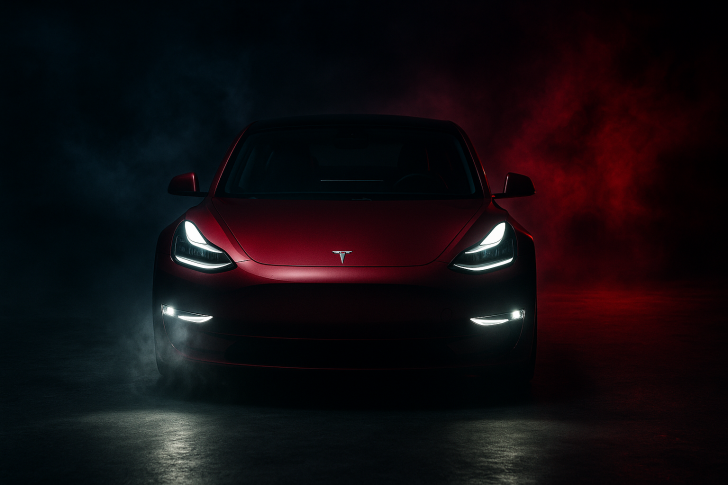Self-driving technology isn't just about making life easier — it's about saving lives. Tesla's latest safety figures suggest the company may be winning that battle. Fresh data for Q3 2025 shows Tesla's Autopilot and Full Self-Driving (FSD) Supervised systems recorded just one crash for every 6.36 million miles driven. That's a dramatic improvement over the U.S. national average of roughly one crash per 702,000 miles, making Tesla's tech appear nearly nine times safer than traditional human-controlled driving.
Record Performance in Driver-Assist Safety
Tesla's third-quarter report reveals continued progress in its semi-autonomous driving systems, which are designed to assist drivers rather than replace them entirely. The company logged one crash per 6.36 million miles using Autopilot or FSD Supervised, compared to the national baseline of one crash every 702,000 miles based on recent NHTSA and FHWA statistics. This marks one of the safest periods ever recorded for Tesla's technology. The improvement stems from ongoing AI enhancements, real-time fleet learning, and smarter collision avoidance features. Tesla's neural networks process driving data from millions of vehicles globally, allowing the system to learn from edge cases like sudden lane changes, delayed braking, and low-visibility conditions. These insights are then pushed out via over-the-air updates.
Tesla has been publishing safety reports since 2018 to show progress and counter concerns about Autopilot misuse. The goal is simple: prove that supervised autonomy dramatically cuts down on human error, which causes more than 90% of all traffic accidents. Critics argue that Tesla's data lacks independent verification and point out that Autopilot is mostly used on highways, where crashes are naturally less frequent. Still, the numbers reflect a clear trend toward safer driving when AI is involved.
What's Driving the Safety Gains
Several factors contribute to Tesla's strong safety performance. The company uses vision-based AI combined with ultrasonic sensors and neural networks to process road conditions faster than humans can react. Every Tesla on the road feeds data back to the company's central AI, refining the system's ability to handle tricky situations. Features like Automatic Emergency Braking, Lane-Keeping Assist, and Adaptive Cruise Control prevent many common collision types caused by distraction or slow reflexes. However, experts caution that even the best systems require active driver supervision. As safety researcher Dr. Karen Liu puts it, "Tesla's tech minimizes error, but drivers can't check out."
Tesla's latest results come at a pivotal time for the self-driving industry. Regulators are still figuring out how to handle data transparency, liability, and driver supervision standards for semi-autonomous systems. Tesla's supervised autonomy approach may offer a safer, more practical path toward full automation than competitors rushing toward driverless taxis. The company is preparing to launch FSD v13, which CEO Elon Musk says will bring "human-level driving under supervision." With billions of real-world miles already logged, Tesla holds a significant data edge over rivals like Waymo, Cruise, and Mobileye. If the safety trend holds, the next decade could see AI-driven systems completely reshape road safety standards worldwide.
 Usman Salis
Usman Salis

 Usman Salis
Usman Salis


